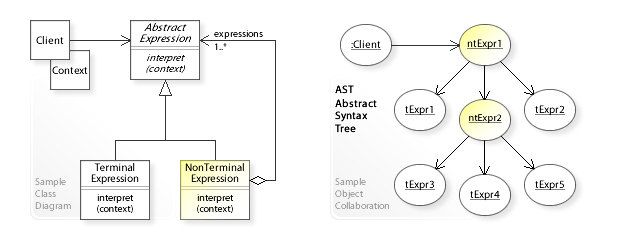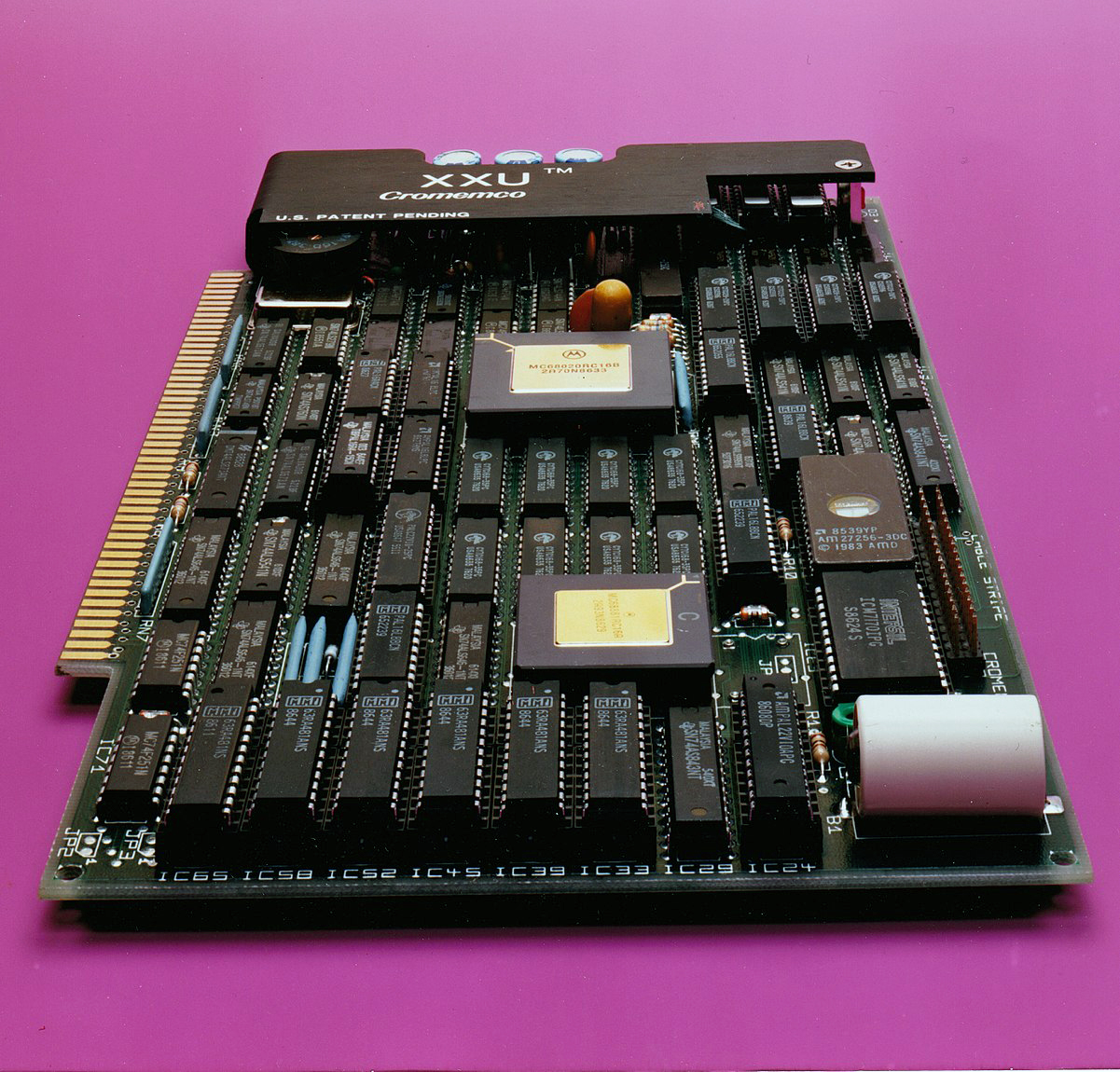|
List Of BASIC Dialects
This is an alphabetical list of BASIC dialects – interpreter (computing), interpreted and compiled variants of the BASIC programming language. Each dialect's platform(s), i.e., the computer models and operating systems, are given in parentheses along with any other significant information. Dialects 0–9 ; 1771-DB BASIC : Allen-Bradley Programmable logic controller, PLC industrial controller BASIC module; Intel BASIC-52 extended with PLC-specific calls. ; 64K BASIC : Cross-platform, interactive, open-source interpreter for microcomputer BASIC. A ; ABasiC ''(Amiga)'' : Relatively limited. Initially provided with Amiga computers by MetaComCo. ; ABC BASIC : designed for the ''ABC 80'' and ''ABC 800'' line of computers designed by Dataindustrier AB and manufactured by Luxor AB (including ''ABC 802'', ''ABC 806'' etc.). ; ACE (BASIC), ACE ''(AmigaAGK Script,)'' : A Compiler for Everyone – Freeware, AmigaBASIC compatible, has extra features, some of which exploit the Amiga's ha ... [...More Info...] [...Related Items...] OR: [Wikipedia] [Google] [Baidu] |
Interpreter (computing)
In computer science, an interpreter is a computer program that directly executes instructions written in a programming or scripting language, without requiring them previously to have been compiled into a machine language program. An interpreter generally uses one of the following strategies for program execution: # Parse the source code and perform its behavior directly; # Translate source code into some efficient intermediate representation or object code and immediately execute that; # Explicitly execute stored precompiled bytecode made by a compiler and matched with the interpreter's virtual machine. Early versions of Lisp programming language and minicomputer and microcomputer BASIC dialects would be examples of the first type. Perl, Raku, Python, MATLAB, and Ruby are examples of the second, while UCSD Pascal is an example of the third type. Source programs are compiled ahead of time and stored as machine independent code, which is then linked at run-ti ... [...More Info...] [...Related Items...] OR: [Wikipedia] [Google] [Baidu] |
Dataindustrier AB
Dataindustrier AB (literal translation: computer industries shareholding company) or DIAB was a Sweden, Swedish computer engineering and manufacturing firm, founded in 1970 by Lars Karlsson and active in the 1970s through 1990s. The company's first product was a board-based computer centered on a specific bus named ''Data Board 4680''. This unit was used for automatic control in several Swedish industries as would be almost all of DIAB's computers. DIAB is mostly known for engineering the ABC 80, the first Swedish home computer, manufactured by Luxor AB. They would subsequently develop all the ABC-models (''ABC 800'', ''ABC 1600'' and ''ABC 9000'') before rebranding their own make of the ABC 9000 as ''DIAB DS-90'' and develop a series of Unix-compatible computers, using code licensed from AT&T Corporation, AT&T Version 5 Unix release, but with a unique in-house kernel (operating system), kernel using the brand name DNIX. DIAB would continue to provide Original equipment manufactur ... [...More Info...] [...Related Items...] OR: [Wikipedia] [Google] [Baidu] |
S-100 Bus
The S-100 bus or Altair bus, later standardized as IEEE 696-1983 ''(inactive-withdrawn)'', is an early computer bus designed in 1974 as a part of the Altair 8800. The bus was the first industry standard expansion bus for the microcomputer industry. computers, consisting of processor and peripheral cards, were produced by a number of manufacturers. The bus formed the basis for homebrew computers whose builders (e.g., the Homebrew Computer Club) implemented drivers for CP/M and MP/M. These microcomputers ran the gamut from hobbyist toy to small business workstation and were common in early home computers until the advent of the IBM PC. Architecture The bus is a passive backplane of 100-pin printed circuit board edge connectors wired in parallel. Circuit cards measuring serving the functions of CPU, memory, or I/O interface plugged into these connectors. The bus signal definitions closely follow those of an 8080 microprocessor system, since the Intel 8080 microproce ... [...More Info...] [...Related Items...] OR: [Wikipedia] [Google] [Baidu] |
Altair 8800
The Altair 8800 is a microcomputer introduced in 1974 by Micro Instrumentation and Telemetry Systems (MITS) based on the Intel 8080 CPU. It was the first commercially successful personal computer. Interest in the Altair 8800 grew quickly after it was featured on the cover of the January 1975 issue of ''Popular Electronics''. It was sold by mail order through advertisements in ''Popular Electronics'', ''Radio-Electronics'', and in other hobbyist magazines. The Altair 8800 had no built-in screen or video output, so it would have to be connected to a serial terminal (such as a VT100-compatible terminal) to have any output. To connect it to a terminal, a serial interface card had to be installed. Alternatively, the Altair could be programmed using its front-panel switches. According to the personal computer pioneer Harry Garland, the Altair 8800 was the product that catalyzed the microcomputer revolution of the 1970s. The computer bus designed for the Altair became a ''de facto'' ... [...More Info...] [...Related Items...] OR: [Wikipedia] [Google] [Baidu] |
Altair BASIC
Altair BASIC is a discontinued interpreter for the BASIC programming language that ran on the MITS Altair 8800 and subsequent S-100 bus computers. It was Microsoft's first product (as Micro-Soft), distributed by MITS under a contract. Altair BASIC was the start of the Microsoft BASIC product range. Origin and development Bill Gates recalls that, when he and Paul Allen read about the Altair in the January 1975 issue of '' Popular Electronics'', they understood that the price of computers would soon drop to the point that selling software for them would be a profitable business. "While walking through Harvard Square one day, Allen spotted the Popular Electronics cover that features the Altair. ... Allen ran to tell Bill that he thought their big break had finally come. Bill agreed." Gates believed that, by providing a BASIC interpreter for the new computer, they could make it more attractive to hobbyists. They contacted MITS founder Ed Roberts, told him that they were developi ... [...More Info...] [...Related Items...] OR: [Wikipedia] [Google] [Baidu] |
AlphaBasic
AlphaBASIC is a computer programming language created by Alpha Microsystems in 1976. The language was written by Alpha Microsystems employees Paul Edelstein, Dick Wilcox and Bob Courier. 1977 Features AlphaBASIC shares much in common with other languages. It does offer some fairly unusual features such as multi-user orientation, ability to control memory layout of variables (MAP statement), calling of external assembly language subroutines (XCALL statement). The language is designed for developers of vertic ...[...More Info...] [...Related Items...] OR: [Wikipedia] [Google] [Baidu] |
Allegro (software Library)
Allegro is a software library for video game development. The functionality of the library includes support for basic 2D graphics, image manipulation, text output, audio output, MIDI music, input and timers, as well as additional routines for fixed-point and floating-point matrix arithmetic, Unicode strings, file system access, file manipulation, data files, and 3D graphics. The library is written in the C programming language and designed to be used with C, C++, or Objective-C, with bindings available for Python, Lua, Scheme, D, Go, and other languages. Allegro comes with extensive documentation and many examples. Allegro supports Windows, macOS, Unix-like systems, Android, and iOS, abstracting their application programming interfaces (APIs) into one portable interface. It can run also on top of Simple DirectMedia Layer which is used to run Allegro programs in web browser using Emscripten. Released under the terms of the zlib license, Allegro is free and open source so ... [...More Info...] [...Related Items...] OR: [Wikipedia] [Google] [Baidu] |
Advanced BASIC
The IBM Personal Computer BASIC, commonly shortened to IBM BASIC, is a programming language first released by IBM with the IBM Personal Computer, IBM Personal Computer, Model 5150 (IBM PC) in 1981. IBM released four different versions of the Microsoft BASIC BASIC interpreter, interpreter, licensed from Microsoft for the PC and IBM PCjr, PCjr. They are known as Cassette BASIC, Disk BASIC, Advanced BASIC (BASICA), and Cartridge BASIC. Versions of Disk BASIC and Advanced BASIC were included with IBM PC DOS up to PC DOS 4. In addition to the features of an American National Standards Institute, ANSI standard BASIC, the IBM versions offered support for the graphics and sound hardware of the IBM PC line. Source code could be entered with a full-screen editor, and limited facilities were provided for rudimentary program debugging. IBM also released a version of the Microsoft BASIC compiler for the PC concurrently with the release of PC DOS 1.10 in 1982. Background IBM licensed Microsof ... [...More Info...] [...Related Items...] OR: [Wikipedia] [Google] [Baidu] |
DarkBASIC
The Game Creators Ltd (TGC; formerly Dark Basic Software Limited) is a British software house based in Macclesfield, Cheshire, England, which specialises in software for video game development, originally for the Microsoft Windows platform. The company was established in March 1999 through a partnership between programmers Lee Bamber and Richard Vanner, who were joined by Meash Meakin in 2011 and Deborah Ascott-Jones in 2013. Products DarkBASIC DarkBASIC was released in the year 2000 as a game creation programming language with accompanying IDE and development tools. The language is a structured form of BASIC, similar to AMOS on the Amiga. The purpose of the language is video game creation using Microsoft's DirectX from a BASIC programming language. It is marketed for its ability to allow a novice game developer to make playable games after following its tutorials. It can create both 2D and 3D games by providing function libraries that enable a game to be programmed with ... [...More Info...] [...Related Items...] OR: [Wikipedia] [Google] [Baidu] |
Freeware
Freeware is software, often proprietary, that is distributed at no monetary cost to the end user. There is no agreed-upon set of rights, license, or EULA that defines ''freeware'' unambiguously; every publisher defines its own rules for the freeware it offers. For instance, modification, redistribution by third parties, and reverse engineering are permitted by some publishers but prohibited by others. Unlike with free and open-source software, which are also often distributed free of charge, the source code for freeware is typically not made available. Freeware may be intended to benefit its producer by, for example, encouraging sales of a more capable version, as in the freemium and shareware business models. History The term ''freeware'' was coined in 1982 by Andrew Fluegelman, who wanted to sell PC-Talk, the communications application he had created, outside of commercial distribution channels. Fluegelman distributed the program via the same process as ''shareware''. As s ... [...More Info...] [...Related Items...] OR: [Wikipedia] [Google] [Baidu] |





